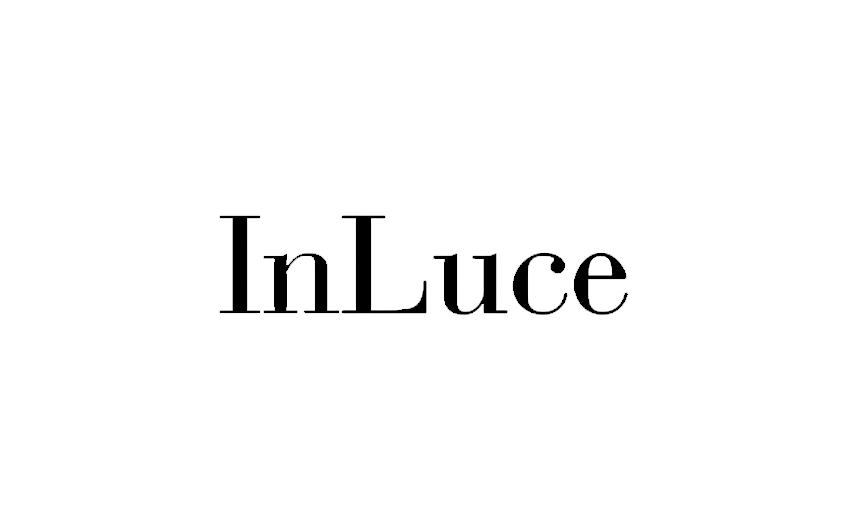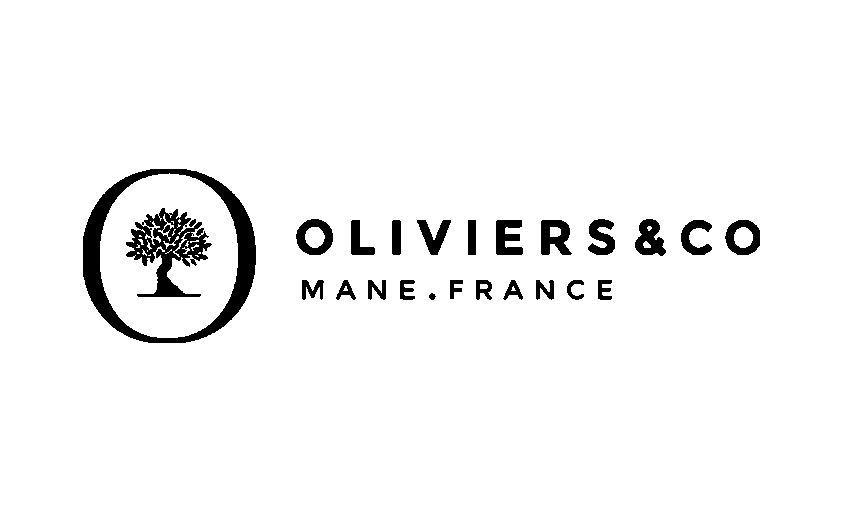Business introducer: what are the possible methods for calculating remuneration?
In this article :
At Rétines, we have implemented a structured business introducer program. Why? Because in our fields, corporate, product, luxury, and retail photography, networking plays a crucial role in growth. But for this collaboration to be effective, it must be built on solid foundations. And the question of remuneration is part of that foundation.
In this article, we take a detailed look at the different possible calculation methods. No one-size-fits-all recipes, just an analysis of the underlying logic, advantages, and constraints. Because fair remuneration isn’t just about paying well, it’s about choosing a system suited to the nature of the work, the sales cycle, and the objectives of each party.
1. Understanding the Different Calculation Models
There are several ways to remunerate a business introducer. The choice depends on the sector, type of client, project complexity, and commercial strategy. Here are the main approaches:
Fixed Commission
This is the simplest model. The introducer receives a predefined commission as soon as a connection leads to a contract. This system is quick, transparent, and works well for standardized services. It avoids long discussions about amounts or margins. However, it has a limitation: it does not reward the size or complexity of the deal closed.
Proportional Commission
The introducer earns a percentage of the revenue generated. The rate is generally between 5% and 15%. This system is more equitable, especially if projects vary greatly in size or value. However, it requires careful tracking and a clear agreement on what is included in the calculation. This model is the most common in high-value B2B services.
Hybrid Model: Fixed + Percentage
This format combines both approaches. A fixed portion recognizes the introduction work, while a percentage rewards performance. It’s a good compromise for strategic missions, long sales cycles, or sensitive markets. It motivates the introducer without taking excessive risk.
2. Additional Variables to Include in the Calculation
Companies can refine their remuneration model by incorporating additional mechanisms.
Progressive Tiers
A commission rate that increases with the amount generated encourages high-potential introductions. For example, 5% up to €20,000, then 10% beyond. This system introduces a loyalty logic and rewards high-stakes connections.
Recurring Remuneration
Rare but effective in certain contexts: the introducer receives a commission each time a signed client generates a new invoice. This model works well for recurring services or subscriptions. It requires full transparency on generated flows and a strengthened trust-based relationship.
Bonuses
One can also introduce one-off bonuses: for a priority sector, a new market, or a certain volume of introductions. These are useful levers to motivate a network, direct efforts, or secure strategic periods.
3. Choosing the Right Remuneration System: Some Guidelines
There is no universal model. The right choice depends on several factors:
- The level of autonomy of the introducer. If the role is limited to a simple introduction, a fixed commission may suffice.
- The average value of contracts. The more variable the amounts, the more relevant a proportional model becomes.
- The nature of the sales cycle. If the process is long or complex, a hybrid model offers more flexibility.
- The need to sustain engagement over time. Tiers, bonuses, or recurring commissions help prevent a network of introducers from losing momentum.
The key is coherence. The best remuneration is not necessarily the highest. It is the one that aligns interests, clarifies roles, and encourages long-term collaboration.
Conclusion
At Rétines, we have chosen a structured and transparent framework. No vague commissions, no off-the-cuff promises. We define each collaboration precisely, based on the introducer’s profile, the type of mission, and the stakes at hand. This approach allows us to build real trust, work with qualified leads, and make this lever a reliable channel for our growth. And let’s not forget: introducers’ income must be properly declared, as required by the tax authorities.
Fairly compensating a business introducer means considering both form and substance, not just the amount, but also the right system, the proper timing, and clear rules of engagement.
Jérémy Carlo is the editorial director at Rétines, where he ensures the consistency and clarity of all content produced by the studio.
Our Clients
Let’s discuss
What we do for you at Rétines
Meticulous work, an organised project and fast delivery. And to achieve this, we mobilise the right resources in our teams at the right time.
01
Pre-production
Artistic and technical direction tailored to the project.
Relevant recommendations on content, form and resources.
02
Photo Shooting
Photos taken by our experienced photographers.
Production that’s controlled, efficient and tailored to the needs of the project, with nothing superfluous.
03
Retouching
Technique
Photographs magnified by our retouching team.
Post-production to meet the commercial challenges of the brief.












